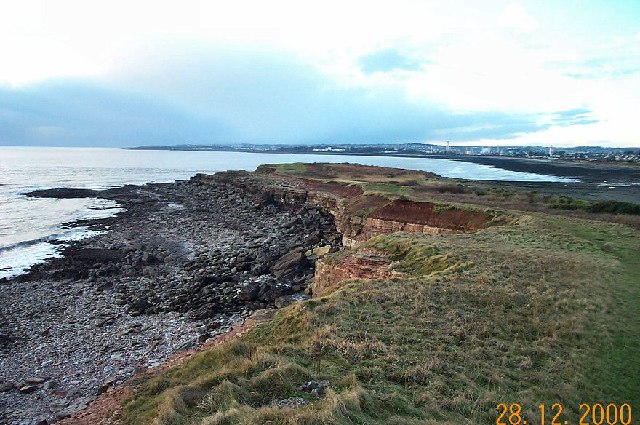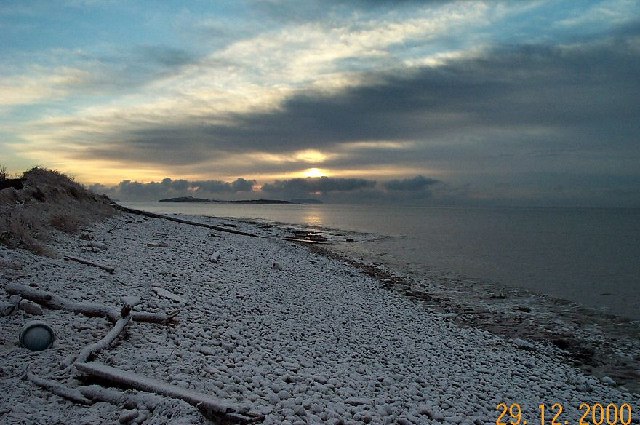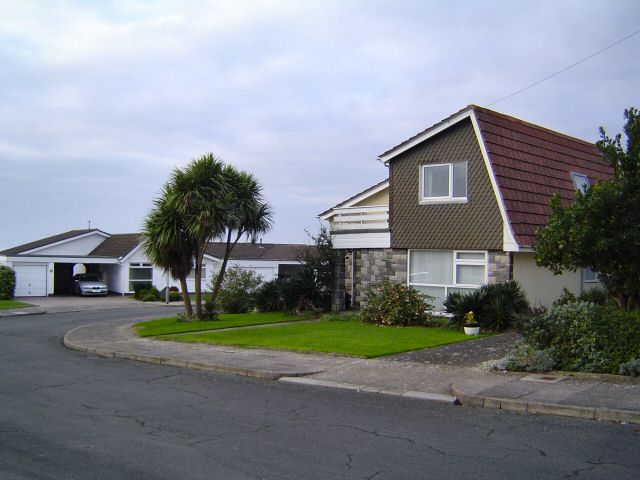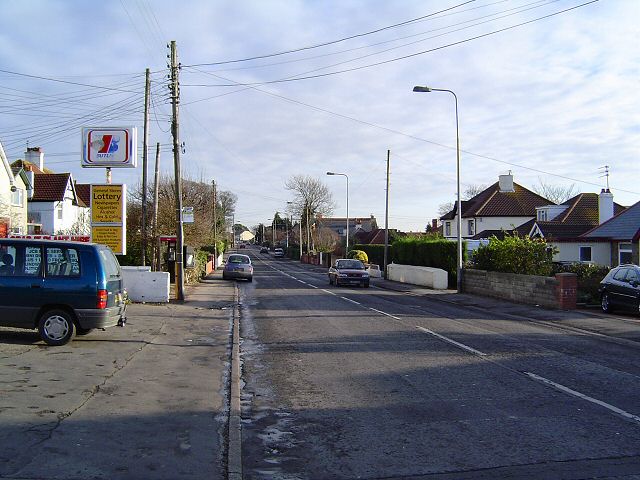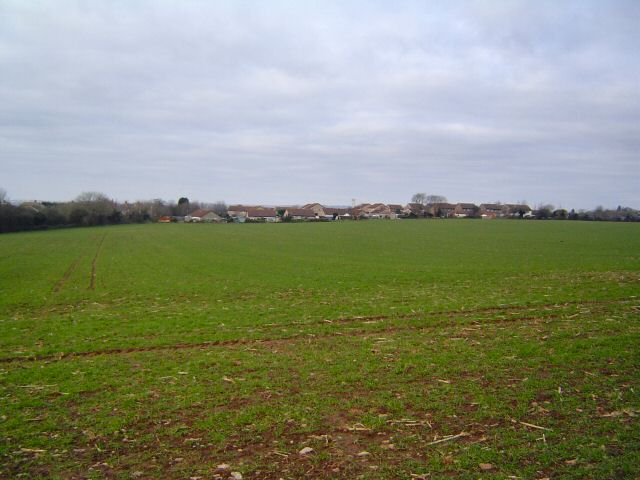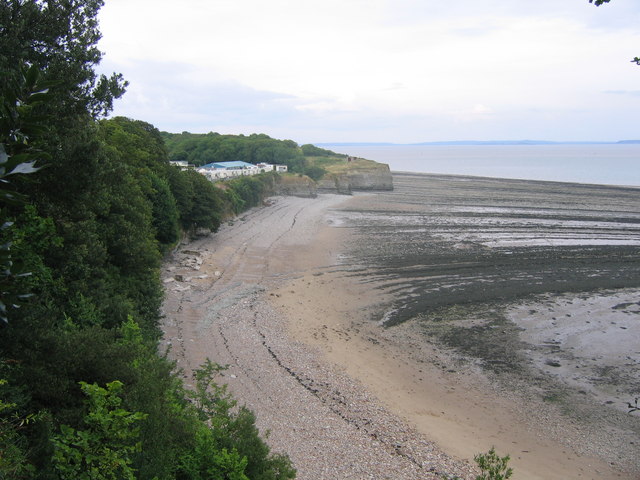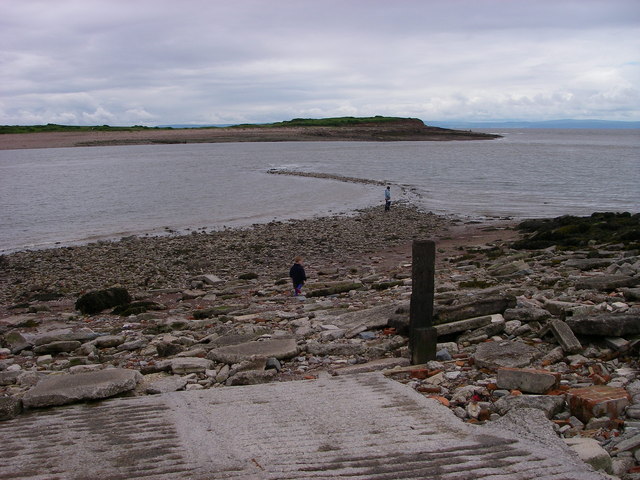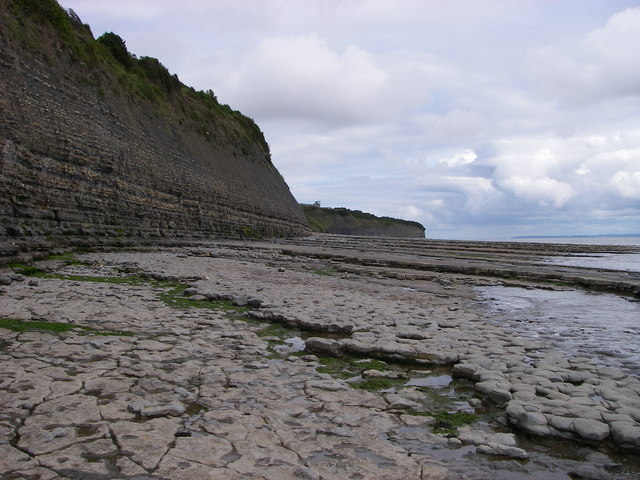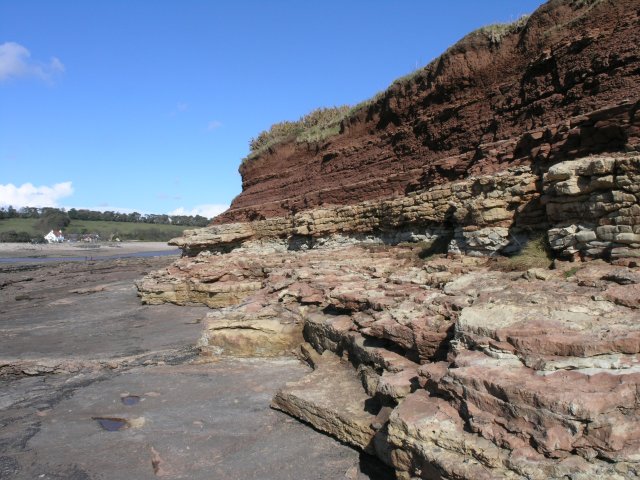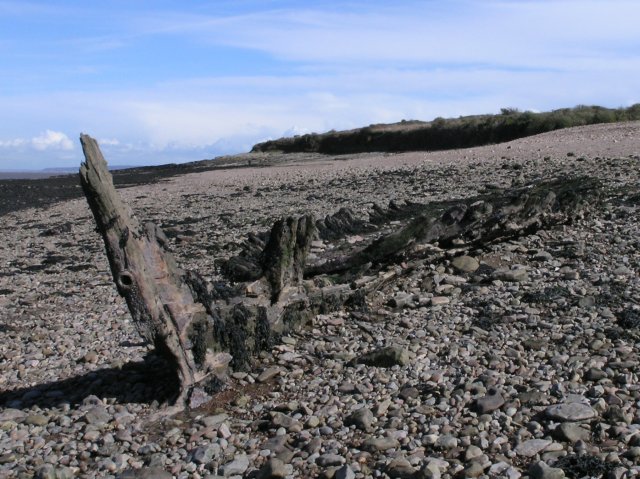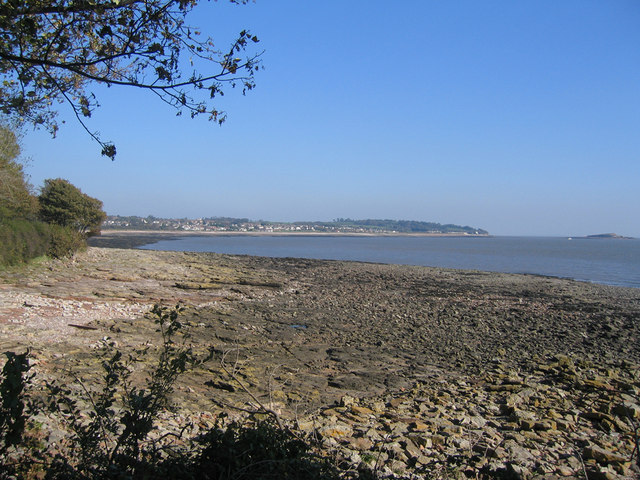Ynys Sili
Island in Glamorgan
Wales
Ynys Sili
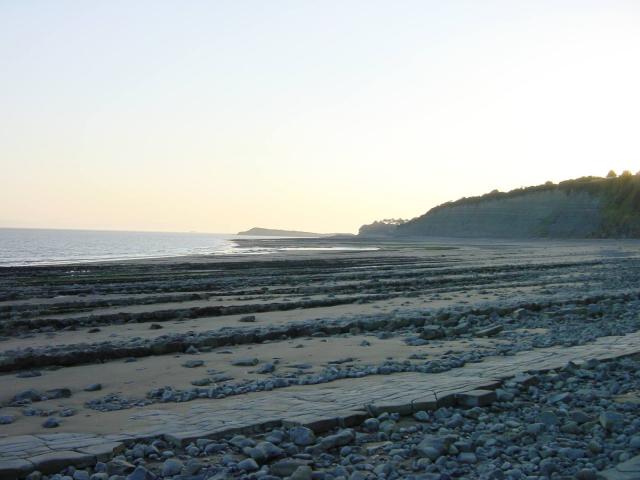
Ynys Sili, also known as Sully Island, is a small tidal island located off the coast of Glamorgan, Wales. Situated at the mouth of the River Ely, it is accessible by foot during low tide, but becomes completely cut off from the mainland when the tide rises.
Covering an area of approximately 50 acres, Ynys Sili is a popular destination for beachgoers and nature enthusiasts. The island boasts a beautiful sandy beach, which stretches along its eastern coast and offers stunning views of the Bristol Channel. During low tide, visitors can explore the island's rocky outcrops and tidal pools, which are teeming with marine life.
Ynys Sili is also home to a diverse range of flora and fauna. The island's grassy dunes provide habitats for various species of plants and wildflowers, while the surrounding waters attract a variety of seabirds and waterfowl. The area is particularly known for its population of wading birds, such as curlews and oystercatchers.
In addition to its natural beauty, Ynys Sili also holds historical significance. It is believed that the island was once inhabited during the Iron Age, as evidenced by the discovery of ancient burial mounds. Furthermore, the remains of a medieval chapel can be found on the island, serving as a reminder of its past religious significance.
While Ynys Sili is a popular spot for day-trippers and beachcombers, it is important to note that visitors must be cautious of the tides and always check the tide times before venturing onto the island.
If you have any feedback on the listing, please let us know in the comments section below.
Ynys Sili Images
Images are sourced within 2km of 51.3958/-3.1995 or Grid Reference ST1666. Thanks to Geograph Open Source API. All images are credited.
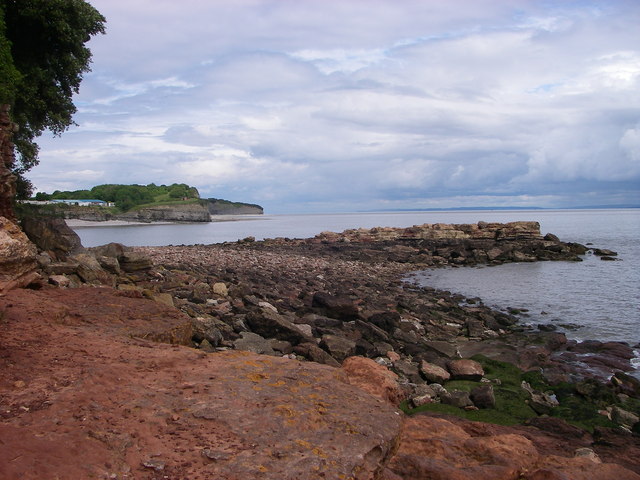
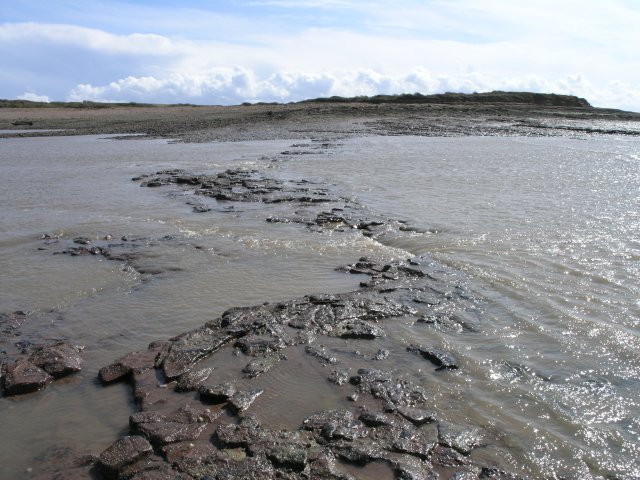
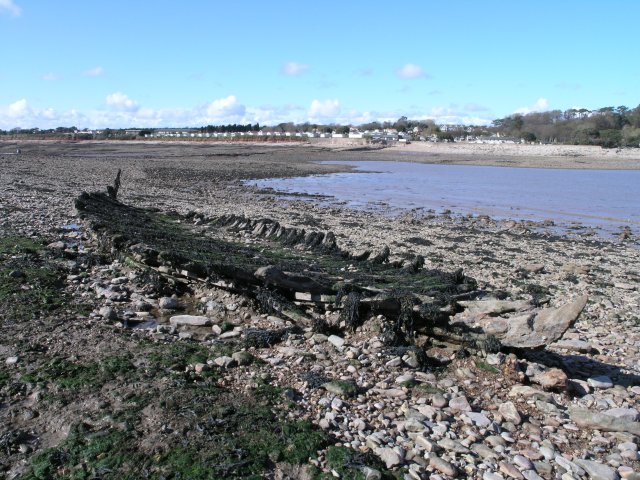
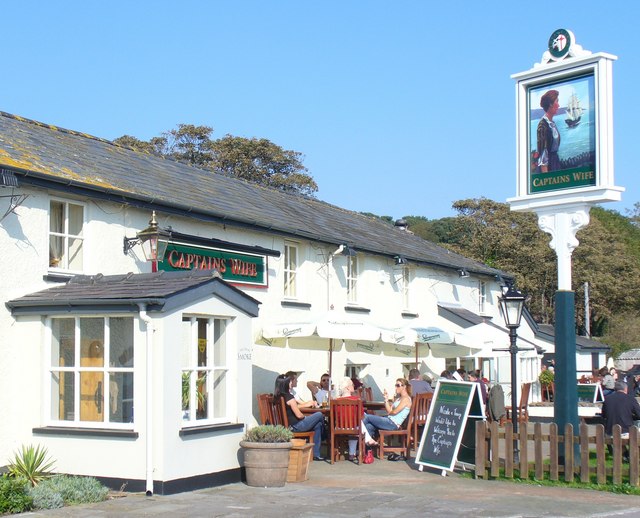
Ynys Sili is located at Grid Ref: ST1666 (Lat: 51.3958, Lng: -3.1995)
Unitary Authority: The Vale of Glamorgan
Police Authority: South Wales
Also known as: Sully Island
What 3 Words
///hampers.deployed.mixes. Near Dinas Powys, Vale of Glamorgan
Nearby Locations
Related Wikis
Sully Island
Sully Island (Welsh: Ynys Sili) is a small tidal island of 14.5 acres (5.9 ha) by the hamlet of Swanbridge in the Vale of Glamorgan. It is located 400...
The Captain's Wife
The Captain's Wife is a public house in the former fishing hamlet of Swanbridge in Sully, between Barry and Penarth, Vale of Glamorgan, south Wales. The...
Swanbridge railway station
Swanbridge railway station was located on the now disused railway line between Penarth and Cadoxton, which closed in the 1960s. == History and description... ==
Sully Centurions Cricket Club Ground
Sully Centurions Cricket Club Ground is a cricket ground in Sully, Glamorgan. The first recorded match on the ground was in 2002, when Wales Minor Counties...
Nearby Amenities
Located within 500m of 51.3958,-3.1995Have you been to Ynys Sili?
Leave your review of Ynys Sili below (or comments, questions and feedback).
